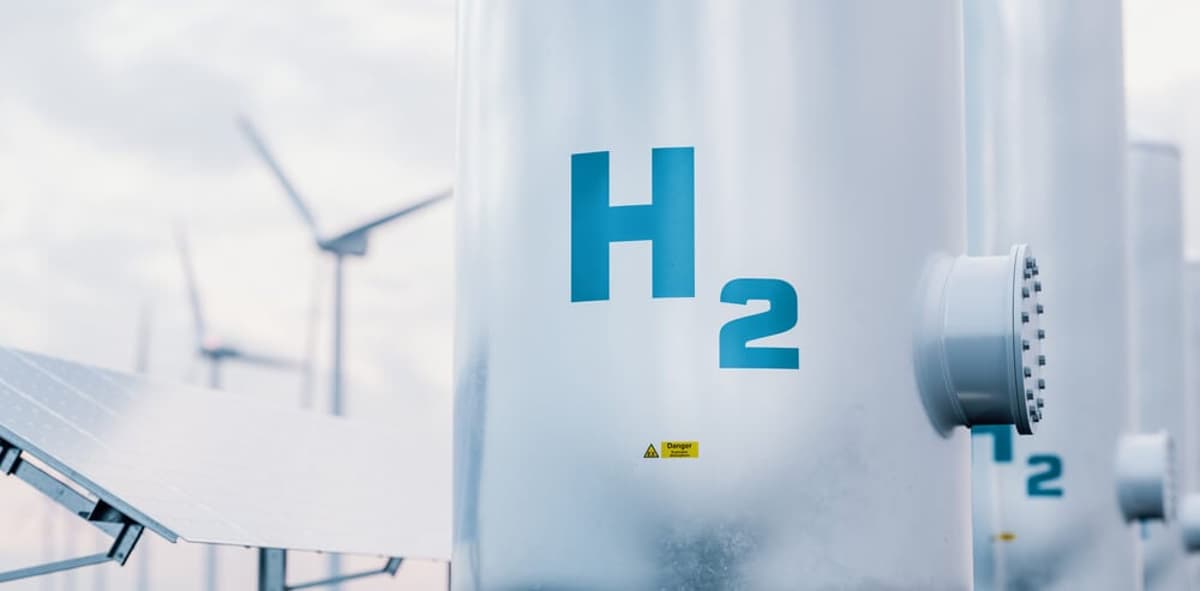Solvay and Enagás Lead Hydrogen Storage Initiative in Cantabria, Spain
Key Ideas
- Solvay and Enagás are partnering to repurpose salt caverns in Cantabria, Spain, for hydrogen storage, supporting Europe's decarbonisation efforts.
- The initiative highlights the strategic role of the European chemical industry in facilitating clean energy solutions through repurposing existing infrastructure.
- The project in Spain is part of Solvay's broader efforts to focus on specialty chemicals and performance materials, aligning with long-term sustainability goals.
- While Europe faces regulatory challenges, regions like the US are progressing in hydrogen storage, with large-scale projects like the ACES facility in Utah.
Spanish energy companies Solvay and Enagás are collaborating on a hydrogen storage hub project in Cantabria, Spain, utilizing repurposed salt caverns originally used for soda ash production. Solvay is strategically repurposing its salt cavern network for energy storage, particularly hydrogen and compressed air. The initiative underscores the vital role of the European chemical industry in enabling clean energy solutions. Enagás CEO emphasized the project's significance for Spain's hydrogen infrastructure development and decarbonisation objectives. Solvay's focus on specialty chemicals aligns with its sustainability goals, with similar projects explored in Germany and the UK. While Europe faces challenges, the US leads in hydrogen storage, exemplified by the ACES project in Utah. The global shift towards sustainable energy underscores the importance of innovative solutions like repurposing salt caverns for large-scale energy storage.
Topics
Projects
Renewable Energy
Energy Security
Decarbonisation
Energy Storage
European Industry
Salt Caverns
Geological Formations
Specialty Chemicals
Latest News
